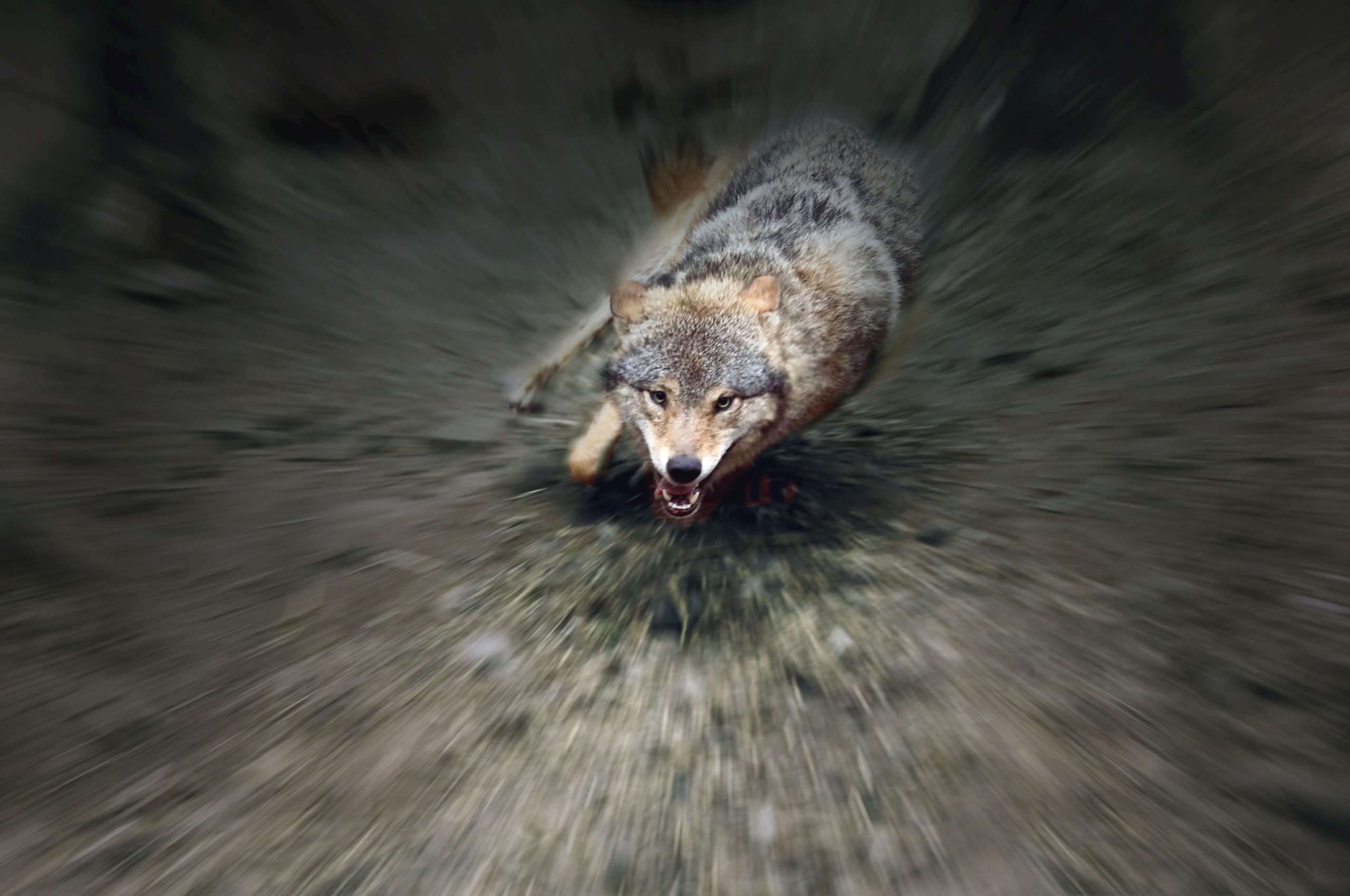On a 260-acre expanse of land near Kingussie, Highland in the Cairngorms National Park, you’ll find a menagerie of animals ranging from small Japanese snow monkeys to colossal polar bears. Welcome to the Highland Wildlife Park, operated by the Royal Zoological Society of Scotland (RZSS) since 1986. Established in 1972, this safari park originally featured native Highland species. But in 2007 the RZSS expanded its scope to include animals from mountainous and tundra regions around the globe. The intent was to not only attract more visitors, but also provide refuge for endangered species which would be protected in the Highlands. In the 1980s the park gained fame by becoming home to Felicity, a puma reportedly captured locally by a farmer, and several of the mysterious Scottish Kellas cats.
Endangered species from places around the world
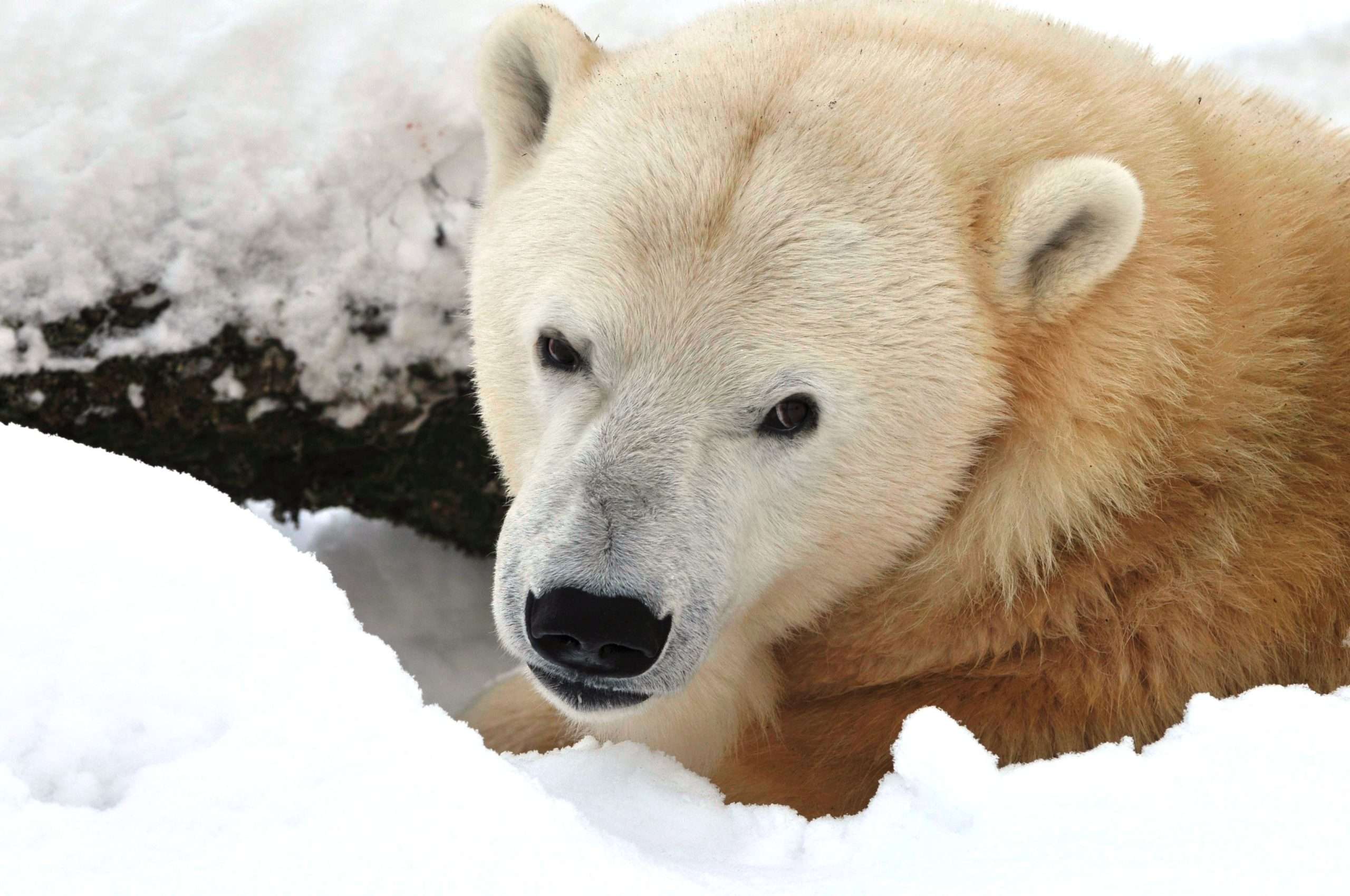
Visitors can drive through the Safari Park (Main Reserve) to see bison, elk, Bactrian camels and yaks. Then in the walk-round enclosures they’ll find Scottish wildcats, wolves, red pandas (temporarily resident at the Edinburgh Zoo), wolverines, forest reindeer and others. Originally featuring native Highland animals, in 2007 the RZSS began to shift the emphasis of the park’s theme to endangered species from places around the world similar in landscape and climate to the Highlands. This move proved controversial as some locals and regular visitors to the park regarded it as a place to see native animals in their natural habitat. Some native species removed during these alterations were red foxes, Highland cattle, Soay sheep, European polecats and badgers. The park is divided into sectors which include Woodland Walk, Entrance Reserve, Wolf Wood and Drive-Through Reserve.
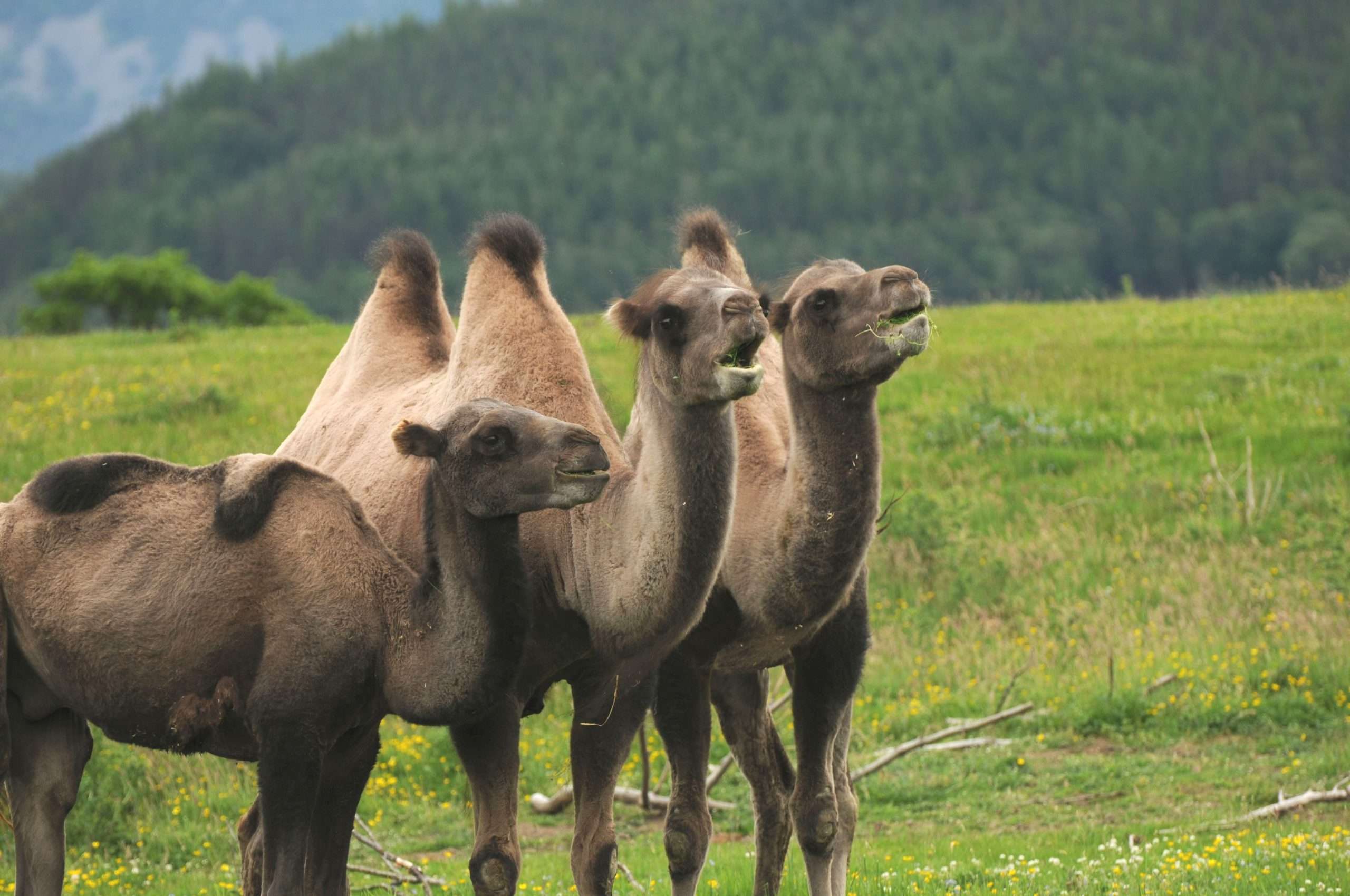
Scottish wildcats lurk in Woodland Walk, while Bactrian camels and yak roam the Entrance Reserve. A European wolf pack and herd of European reindeer inhabit Wolf Wood, and in the Drive-Through Reserve European bison and elk wander and have the right of way over vehicles. As the most northerly inhabiting primate (excepting humans), the Japanese macaque or snow monkey is ideally suited to the Highland climate. A large troop of macaques is resident at the park. This has been a successful breeding population, with five individuals born in 2020 and another in 2022. Macaques figure prominently in Buddhist folklore, including in the story The Three Wise Monkeys. The European red squirrel is the only squirrel native to Britain. But this animal is very rare now in Britain, with the vast majority of the remaining population inhabiting woodland pockets in Scotland. The red squirrel is critically endangered due to the presence of the imported grey squirrel, which takes over the territory of and spreads disease to red squirrels. Free range red squirrels roam the park’s Wolf Wood and Forest Habitat, and regularly visit the feeding station in the latter location.
Showcase tales of Scottish wildlife
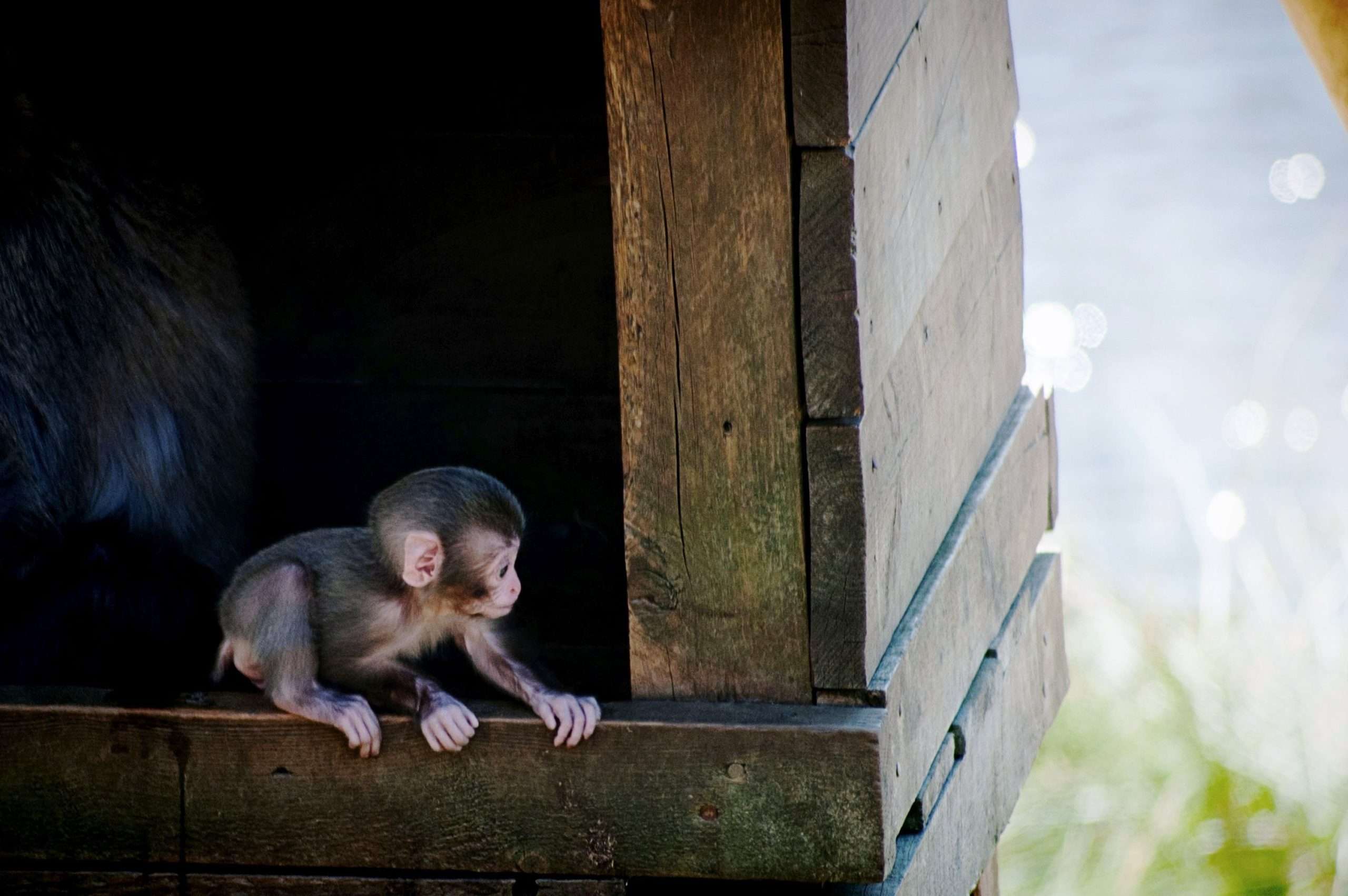
Other species resident at the Highland Wildlife Park includes the Amur tiger, arctic fox, Eurasian elk, Himalayan tahr, northern lynx, red deer, snow leopard, Bukhara deer and Przewalski’s wild horse. Amongst the park’s birds are Himalayan monal, great grey owl, Eurasian eagle owl and Eurasian crane. Under construction at the park at the time of writing is Scotland’s Wildlife Discovery Centre. Scheduled to open in spring 2024, the centre will comprise three hubs situated around the park. The primary discovery hub will use digital technology to showcase tales of Scottish wildlife from the past (such as legends about ‘Highland tigers’) to the present.
The centre’s learning hub will promote conservation via STEM, outdoor education and science as practised by private citizens. Planned to focus on Scottish wildcat conservation, the hilltop hub will offer views of the park’s Saving Wildcats breeding centre. The work will also encompass the remodelling of the park’s existing visitor centre. Situated seven miles south of Aviemore, visitors can reach the park via a combination of rail and bus. Travellers can catch regular trains from Edinburgh, Glasgow, Inverness, Perth or London, detrain at Aviemore, then take Stagecoach bus 39/M39 to the bottom of the park’s entrance road, between Kincraig and Kingussie. There remains a half a mile walk to the park’s ticket kiosks. There are also railway stations in the area at Dalwhinnie, Carrbridge, Kingussie and Newtonmore. Kingussie is four miles away from the park.
More information and live animal cams are accessible on the park’s website: www.highlandwildlifepark.org.uk.
Did you know?
The Kellas Cat
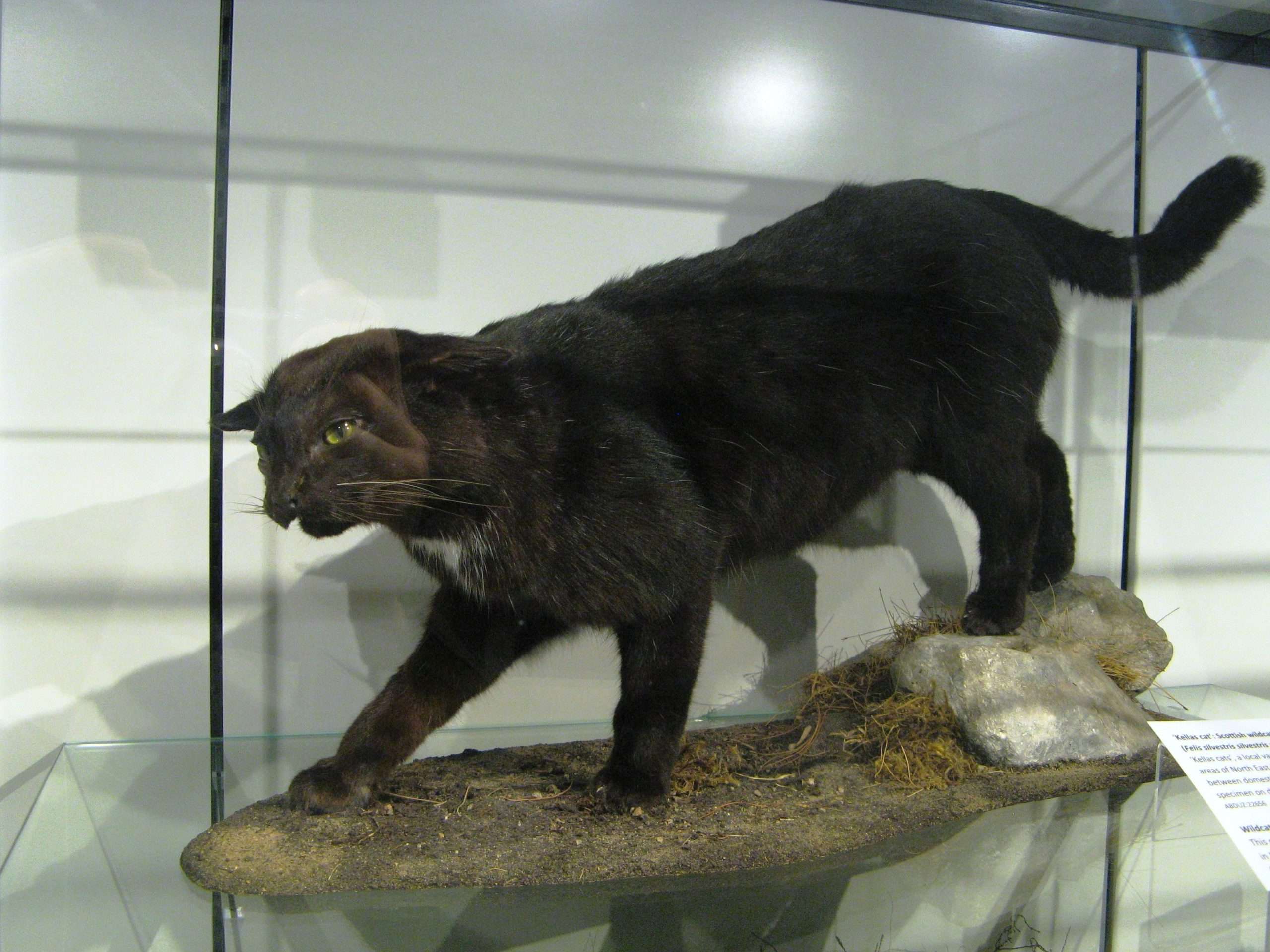
Formerly regarded as a myth or hoax until one was caught in a snare in 1984, the Kellas cat is a hybrid of the domestic cat and Scottish wildcat. Discovered in the village of Kellas, Moray, the animal is mostly black, 61-110cm long and weighs up to 7kg. It has long rear legs ideal for swift running, and the coat is commonly flecked with white on the flanks and has a white patch on the chest or under the throat. The appearance of the Kellas cat is similar to the description of the cat-sìth, the fairy cat of Scottish folklore.
Unlike Scottish wildcats, Kellas cats have been observed hunting in pairs. Some of the sightings of reported Kellas cats are possibly of black melanistic Scottish wildcats, though the existence of the latter is disputed by some scientists and researchers. The crew of the BBC’s Tomorrow’s World TV programme succeeded in the first known live capture of a Kellas cat in spring, 1986 near Kellas. This female individual, confirmed by chromosomal analysis to be a hybrid of a wildcat and domestic cat, became an inhabitant of the Highland Wildlife Park. Mounted specimens are in the Zoology Museum of the University of Aberdeen, Elgin Museum, and Royal Scottish Museum in Edinburgh.
Scottish wildcats
A group of 22 Scottish wildcats born in 2022 at the Saving Wildcats breeding centre at Highland Wildlife Park were released into the Cairngorms Connect territory of the Cairngorms National Park in early June 2023. Each wildcat wears a GPS-radio collar for tracking and monitoring the animals. This programme, intended to replenish the population of this critically endangered species in Scotland, will see some 60 wildcats released over the next few years. Five more kittens were born in April 2023.
Colloquially referred to as the ‘Highland tiger’, the number of Scottish wildcats living in the wild had fallen to just a handful due to persecution, road accidents and breeding with domestic and hybrid cats. The 22 individuals freed in June 2023 were first introduced into large enclosures where they could develop naturally and practise their survival skills, to prepare them for living in the wild. The release of this first batch of wildcats is considered a trial run. Close monitoring of these 22 individuals will provide data which will assist in subsequent releases of Scottish wildcats. If successful, the Saving Wildcats programme will result in the repopulation of Scotland’s only remaining native feline species.
Main photo: A wolf in pursuit. Photo: Charlie Marshall (CC BY-SA 2.0).
Text by: Eric Bryan.

